

“With great power comes great responsibility.” It’s one of those truisms that’s been echoed in various forms throughout the ages, from the likes of Winston Churchill, Franklin D. Roosevelt and even the Spider-man comics. Unfortunately, powerful major corporations like Walmart don’t often take responsibility for their tremendous impact on America and the rest of the world. As Walmart opens its annual shareholder meeting on June 5, we at the Food Chain Workers Alliance urge stockholders and executives alike to consider our newly-released report, Walmart at the Crossroads, which examines the impact of Walmart’s food supply chain on labor and the environment.
Walmart, number one on the Fortune 500 list of American companies, has net sales totaling $473.1 billion. With foodstuffs making up 55 percent of its sales, this corporation controls 25 percent of grocery sales in the U.S. Consequently, Walmart’s actions and inactions reverberate through the food chain,
» Read more about: Walmart at the Crossroads: Live Better, Do Better for All of Us »
The mass Ellis Act evictions and planned demolition of rent-controlled housing in Beverly Grove is a tragedy. Tenants and their supporters continue to protest, generating strong media coverage over the evictions being carried out by Matthew Jacobs, Chairman of the California Housing and Finance Agency. The agency’s mission is to “[support] the needs of renters and homebuyers by providing financing and programs that create safe, decent and affordable housing opportunities for low to moderate income Californians.”
L.A. is suffering from a wave of Ellis Act evictions that local officials have the ability to stop
Yes, Jacobs is a hypocrite. He has no business working for a state housing agency. And Ellis Act evictions are an outrageous circumvention of local rent-control laws.
But Jacobs would not be evicting these tenants under the Ellis Act if Los Angeles prohibited the demolition of rent-controlled housing.
» Read more about: Why Isn’t L.A. Protecting Rent-Controlled Housing? »
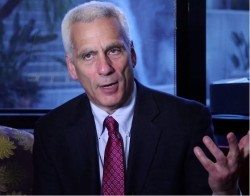

 In a recent interview with Capital & Main, economist Jared Bernstein candidly explained why he doesn’t see corporate America rushing to solve the country’s income disparity crisis, and why America cannot educate itself out of inequality. Instead, Bernstein, who is Vice President Joe Biden’s former top economic advisor, returned to themes found in his new book, The Reconnection Agenda: Reuniting Growth With Prosperity, In it, Bernstein lays out an ambitious agenda to restore the lost relationship between economic expansion and the well-being of most Americans.
In a recent interview with Capital & Main, economist Jared Bernstein candidly explained why he doesn’t see corporate America rushing to solve the country’s income disparity crisis, and why America cannot educate itself out of inequality. Instead, Bernstein, who is Vice President Joe Biden’s former top economic advisor, returned to themes found in his new book, The Reconnection Agenda: Reuniting Growth With Prosperity, In it, Bernstein lays out an ambitious agenda to restore the lost relationship between economic expansion and the well-being of most Americans.
In this podcast he acknowledges the Obama administration’s missed opportunities during the early days of the last recession, while claiming that the present political dysfunction, with its gridlock of federal legislation, is not an accident but a political strategy that serves the status quo and is the enemy of full employment.
» Read more about: Podcast: Jared Bernstein Talks About the Recession, Unions and the TPP »
As it states on its website, “for more than 35 years, the California Housing Finance Agency (CalHFA) has supported the needs of renters and home buyers by providing financing and programs that create safe, decent and affordable housing opportunities for low to moderate income Californians.” But now some apartment dwellers in Beverly Grove and the Fairfax District are wondering whether the agency’s chairman, Matthew Jacobs, has forgotten— or perhaps, never really embraced—the noble purposes expressed in the state agency’s mission statement.
A state housing chief is using the Ellis Act to evict his tenants
Jacobs has sat on the board since 2012 and was designated chair by Governor Jerry Brown in December, 2013. He has an extensive, accomplished background in real estate finance and development, and is the Principal at Bulldog Partners, LLC., a real estate development company that is now in the process of using the Ellis Act to evict 17 tenants from four rent-regulated buildings,
» Read more about: Mass Evictions Spread to Fairfax District »
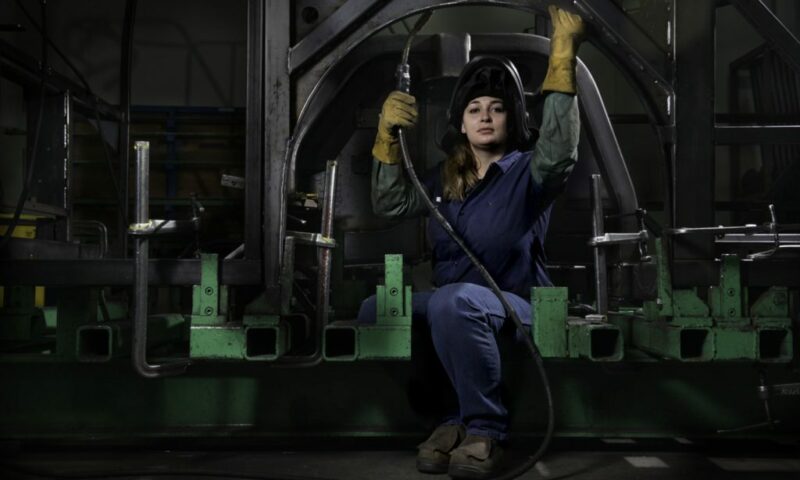

Some 70 years ago, the song “Rosie the Riveter” crackled over the wireless while a Norman Rockwell illustration of Rosie flexing her bicep popped from the cover of The Saturday Evening Post. By depicting the rivet gun-toting icon on her lunch break, Rockwell hopped aboard the government-fueled propaganda bandwagon that had only one aim: to recruit and train a female workforce capable of churning out munitions, aircraft, tanks and destroyers for a costly, brutal war that spanned two oceans and three continents. Rosie the Riveter did the job, and an estimated 18 million women left the house for the factory (or shipyard) — giving many the freedom to work outside the home for the very first time.
The larger the share of female employment, the lower the wage across all industries
Today,
» Read more about: A New Rosie the Riveter for a New America »


It’s become an unsettling fact of political life that as election turnouts dwindle, campaign spending skyrockets. Los Angeles’ recently concluded school board races, which drew a paltry 7.6 percent of potential voters, underscored this point. Ref Rodriguez, who unseated the District 5 incumbent, received most of the $2.2 million contributed by political action committees (PACs) controlled by the California Charter Schools Association Advocates. Rodriguez has co-created several charter schools and his backers, unsurprisingly, came from that community. Among the familiar local names of extreme wealth and influence were Eli Broad, Richard Riordan and William Bloomfield. Equally familiar to followers of school privatization were more distant funders such as Netflix CEO Reed Hastings, Walmart heir Jim Walton, Laurene Powell Jobs, the Gap Inc.’s Fisher family members and former New York Mayor Michael Bloomberg.
Rounding out Rodriguez’s cascade of thousand-dollar checks were names associated with high-powered investment firms,
» Read more about: Is Voter Turnoff Inviting a Progressive Rollback? »
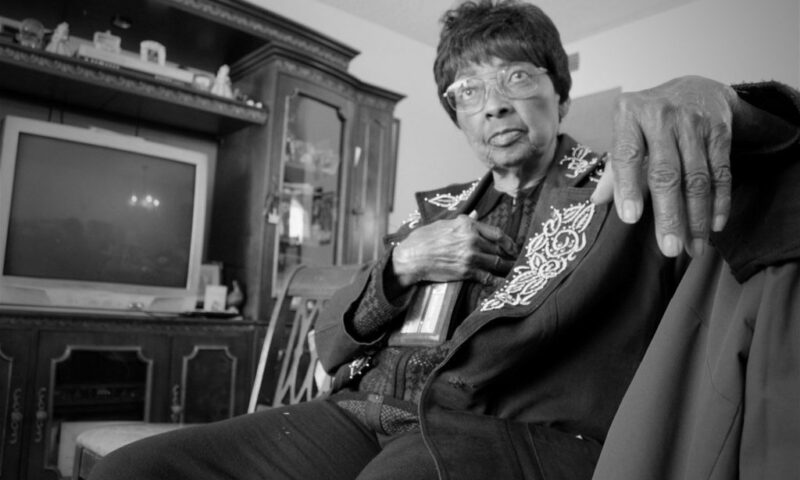

“The Lord has always taken care of me,” says Catherine Green, as she emerges from a moment of reflection and peers intently around her living room. On a plaque by the kitchen are words from Isaiah: “No weapon formed against me shall prosper.” She says the quote has always given her strength in difficult times.
By the end of May, the 90-year-old Green will have tendered a reluctant, pain-filled goodbye to the Golden State and the familiar comforts of the Los Angeles apartment she has made into a home over the last 30 years. She is one of dozens of Boulevard Villa residents—many of whom are elderly, disabled or on Section 8 housing vouchers— who are being unceremoniously evicted from their 43-unit Mid-City apartment complex by its new owners, Lafayette Square Apt. LLC. The eviction of every resident of 1625 Crenshaw Boulevard,
» Read more about: Evicted Crenshaw Tenant: 'This Ain’t Nothing But Greed' »
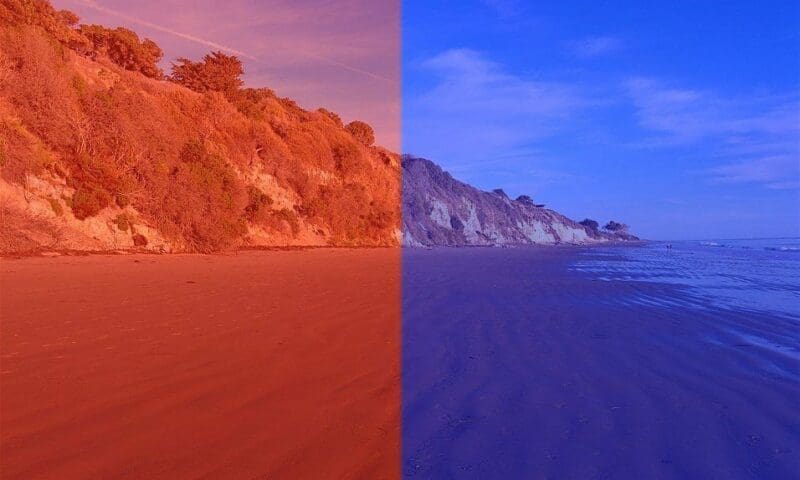

On Wednesday, May 20, the day after a Santa Barbara County fire inspector discovered a stream of contaminated crude oil flowing onto a pristine segment of the Southern California coast, a group of researchers published a study linking the 2010 Deepwater Horizon oil spill to a mass die-off of bottlenose dolphins. The 46 carcasses examined for the study had suffered from “rare, life-threatening and chronic adrenal gland and lung diseases.” The researchers concluded that these diseases were “consistent with exposure to petroleum compounds as seen in other mammals.”
46 years after the first oil spill that wrecked the Santa Barbara coast, not much has changed
Hearing this, the casual observer might say duh, and wonder why such a study makes the news at this late date, a full five years after British Petroleum’s oil rig exploded and sank,
» Read more about: Slick With Denial: 'Self-Regulation' and the Latest Oil Spill »
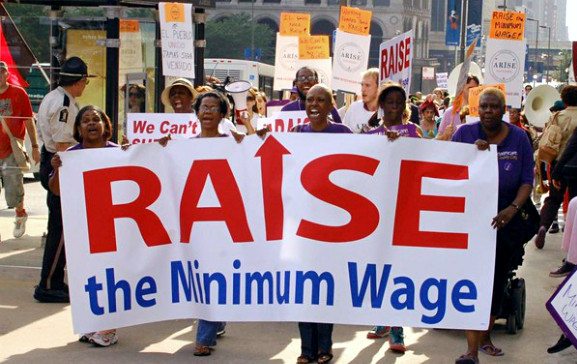
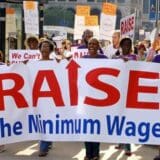
On Tuesday, the Los Angeles City Council voted 14-1 to adopt a citywide minimum wage of $15/hour by 2020. The next day, marching behind a giant banner that read, “McDonald’s: $15 and Union Rights, Not Food Stamps,” 5,000 cooks and cashiers show up at the company’s corporate headquarters in Oak Brook, Illinois, to kick off the largest-ever protest to hit the burger giant’s annual shareholder meeting.
These events represent the two battlegrounds in the growing war over wages taking place across the country. One strategy focuses on getting elected officials in local and state governments to adopt minimum wages above the federal level. The other strategy involves putting pressure on major employees — typically highly visible companies that depend on positive public relations to gain consumers’ dollars — to raise the wages of their employees.
The two strategies complement rather than compete with each other,
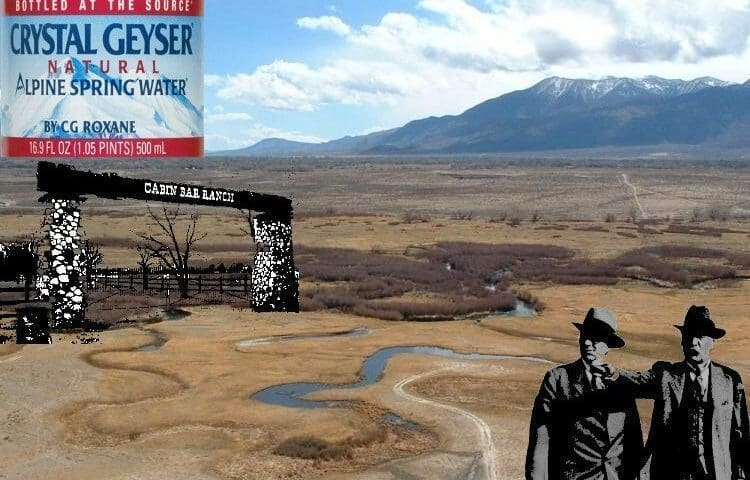
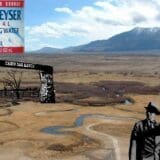
To the west of the Sierra Nevada Mountains, in California’s vast, dry San Joaquin Valley, a catastrophe is unfolding. Drought-stricken growers, deprived of surface water for irrigation, are pumping ancient aquifers at a rate that will eventually extinguish them forever, should the water shortage persist. About 120 miles away, on the opposite side of the snow-starved mountain range, sits the Owens Valley. Here, the drought is merely an aggravating factor in a water crisis that began more than a century ago. In 1913, William Mulholland and the Los Angeles Department of Water and Power completed the aqueduct that tapped the river that once irrigated the high desert basin and diverted it to the citrus groves of the San Fernando Valley, 200 miles to the south. Then in 1970, the LADWP completed its second aqueduct and began pumping the valley’s groundwater until all but a single major spring had run dry.
» Read more about: Cursed With Water: Owens Valley’s Toxic Surprise »